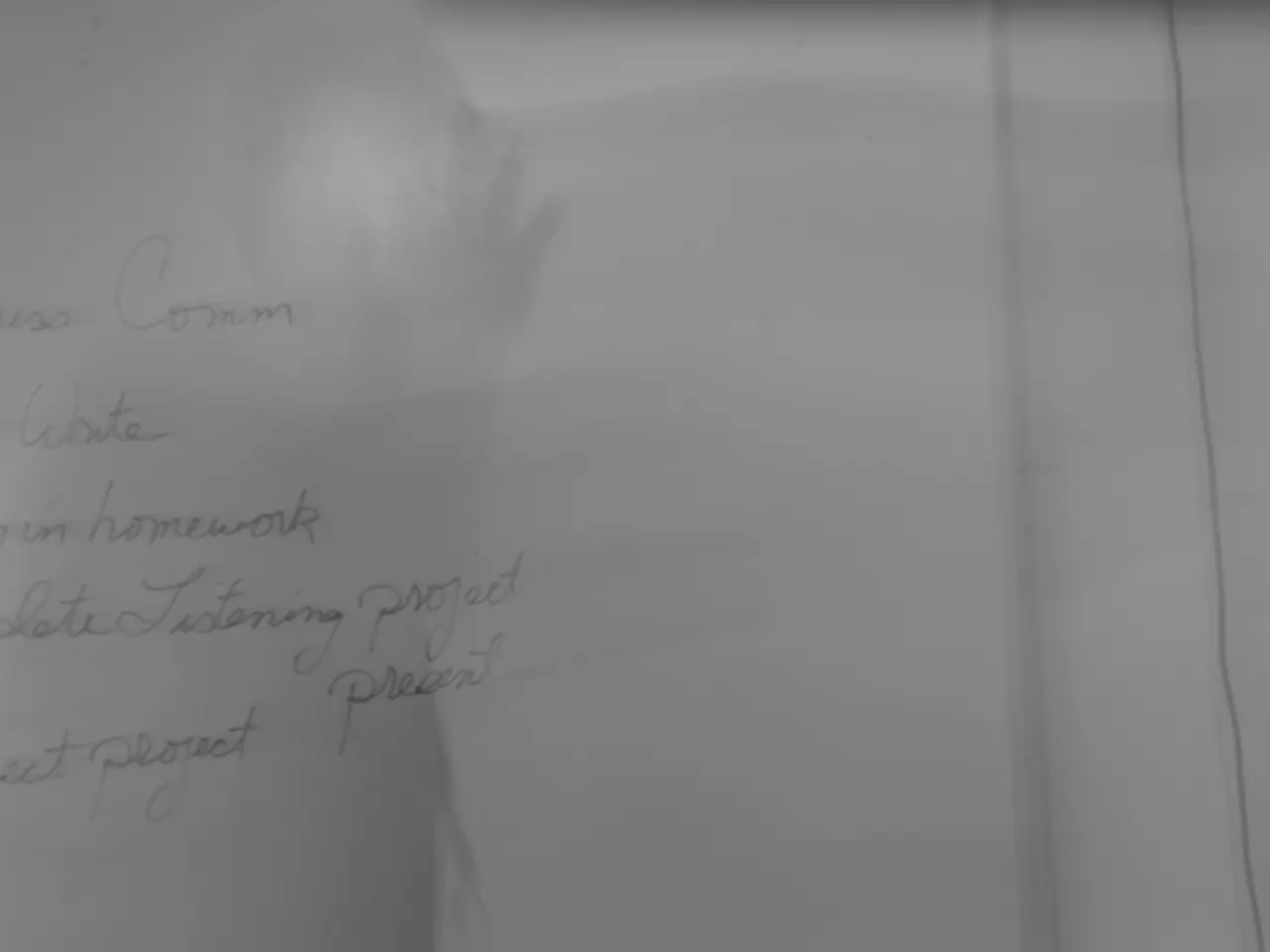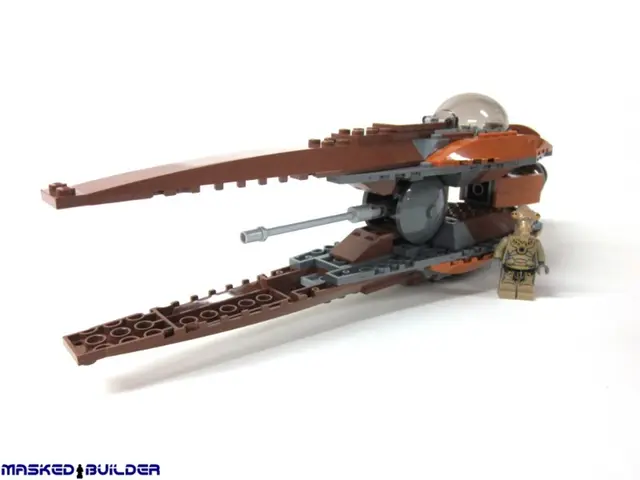Trump's Demand for half a trillion dollars from Japan, Stalled
In the midst of a global trade war, the U.S.-Japan trade negotiations have hit a snag. Without a confirmed deal, Japan finds itself in a state of limbo, unsure of the 15% tariff agreement with the U.S. or not.
Ryosei Akazawa, Japan's top trade negotiator, has been working tirelessly to address U.S. President Donald Trump's tariff demands. Akazawa's calendar has been filled with trips to the U.S., including a planned 10th round of formal trade talks that he recently canceled due to uncertainty about the U.S.-Japan pact.
The U.S.-Japan "deal," as it stands, is a vague framework for a 15% tariff on goods entering the U.S., with no written document or clear rules of enforcement. One of the main sticking points is that the U.S. planned to stack the 15% tariff on top of other tariffs, but Tokyo pushed back and believed the U.S. was rectifying things. However, the U.S. has not yet made the necessary adjustments, and Japanese officials are strongly requesting the U.S. to amend its presidential order to correct the reciprocal tariffs and to issue a presidential order to lower tariffs on autos and auto parts.
The U.S. Commerce Secretary Howard Lutnick stated that the priority is finalizing the investment deal with Japan. Yet, without a confirmed trade deal, the U.S. automakers are currently paying higher taxes on imports from Canada and Mexico than Japan Inc., putting pressure on the U.S. side of the negotiations.
Meanwhile, the U.S.'s trade war with China is ongoing, with Beijing securing another 90-day extension on the deadline for a trade pact. Chinese leader Xi is playing hard to get on trade talks, and time is on China's side as Trump grows increasingly desperate for a deal.
Officials in Tokyo are slow-walking disbursements, hoping the U.S. Supreme Court rules that President Trump lacks the authority to shake down trading partners via tariffs. Akazawa and Prime Minister Shigeru Ishiba were initially happy with the conclusion, as the 15% levy is better than the 35% Trump threatened and lower than the earlier 25%. However, the uncertainty surrounding the deal has led to concerns that Trump's poll numbers may continue to crater, and he may lash out in anger at traditional U.S. allies.
The negotiations about the specific regulations of the 15% tariffs on goods imported into the USA are currently conducted by the U.S. government, particularly under directives related to the Executive Order issued on July 31, 2025, as part of the trade policy involving the White House administration and US trade officials. The Office of the U.S. Trade Representative and high-level trade officials within the White House are typically the parties responsible for such tariff negotiations.
The stalemate in U.S.-Japan trade negotiations has created a Twilight Zone dynamic, with Brazil and India facing 50% tariffs, while Russia is getting off easy. As the situation continues to evolve, both countries will be closely watching the developments and their potential impact on their respective economies.








